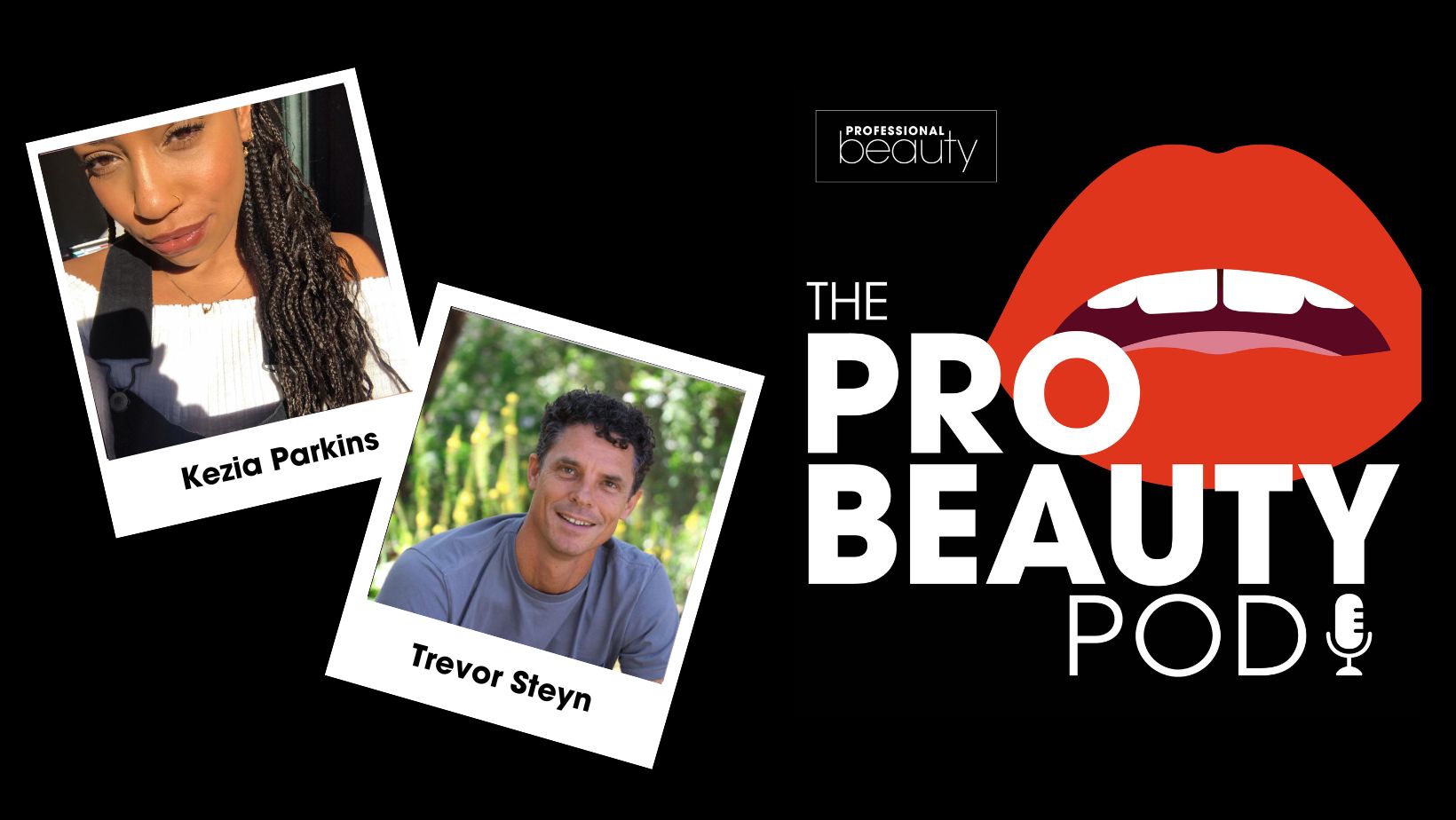For season 2 episode 5 of the Pro Beauty Pod, Professional Beauty's Kezia Parkins sat down with Esse Skincare founder Trevor Steyn to talk the latest developments in microbiome research, how to rebalance the skin's microbiome and how aesthetic treatments affect it.
Steyn was a visionary chemist and entrepreneur at the pinnacle of probiotic and microbiome research, and through Esse, he was pioneering a new era of personalised skincare. He sadly passed away on November 1st 2025, shortly after we recorded this episode.
We discuss the brand’s story, as early adopters of bio-therapeutics and their journey from retail, to professional skincare, and their current venture into the medical aesthetics space.
The gut-skin axis
"The skin's surface area is the largest contact surface that we have with microbes," explains Steyn. "I'm sure you have read in the textbooks that the skin's surface is 2 square meters. Well, it isn't if you take into account all of the pilosebaceous units, sweat glands and apocrine glands. All of a sudden, the surface area expands enormously and ends up being around 100 square meters - much larger than the gut."
"Everyone is talking about the gut-skin axis, but what is going to come is more conversation around the skin-gut axis... We will start understanding how the skin acts on all the other microbiomes in the body."
"In the future, it will be 100% clear that the skin microbiome is as important to overall health as the gut microbiome."
Western living and its effects on the microbiome
Steyn recounts stories from his practice, describing how even chronic skin conditions transformed when he targeted the skin’s microbiome. He also dives into the question: why do modern Western societies suffer from far more skin concerns than hunter-gatherer populations?
"We have sampled hunter-gatherers, and when you look at those microbiomes, they have huge diversity - it is completely different to ours," says Steyn. "They have zero cases of acne, no sensitive skin. In fact, we see no inflammatory skin conditions at all. Whereas in the Western world, 85% of kids have acne... so we are definitely doing something wrong.
Aesthetic treatments and the microbiome
Trevor explains that a lot of aesthetic treatments can substantially damage the skin's microbiome. "After microneedling, we see a huge jump in bacterial diversity from baseline, which is not always a good thing," he says.
In studies, Steyn found that 7 days post-microneedling, the microbiome had still not bounced back. By using live biotherapeutics straight after microneedling, Esse has been able to help wound healing, collagen deposition, and regain control of the skin's microbiome.
"It's about gaining control using a good microbe so that you get competitive exclusion, reducing risk and downtime for the client while improving results."
We are so excited to bring you season two of this podcast available on Spotify, Apple Podcasts and anywhere else you get your podcasts - please like, rate and subscribe and follow us on Instagram and TikTok at @professionalbeauty.uk and, of course, you find us on Facebook and LinkedIn too.


square.jpg)